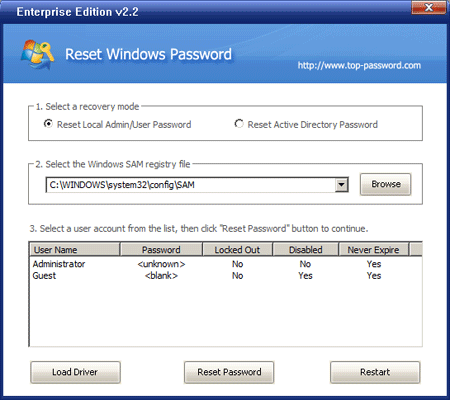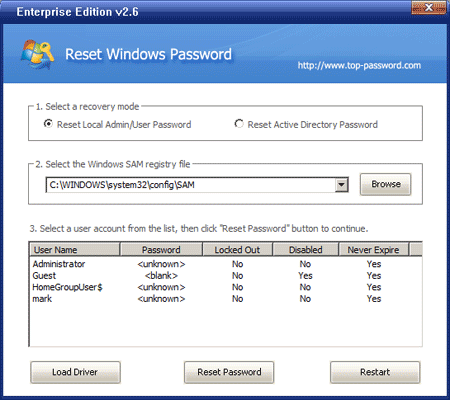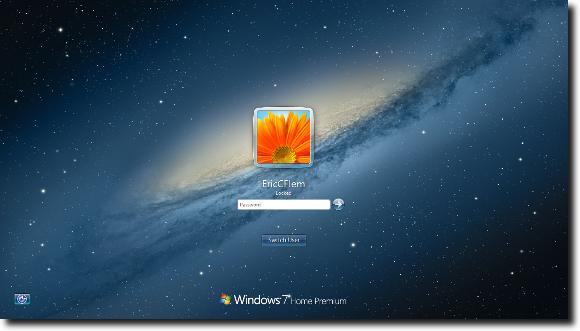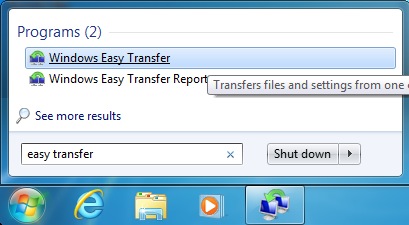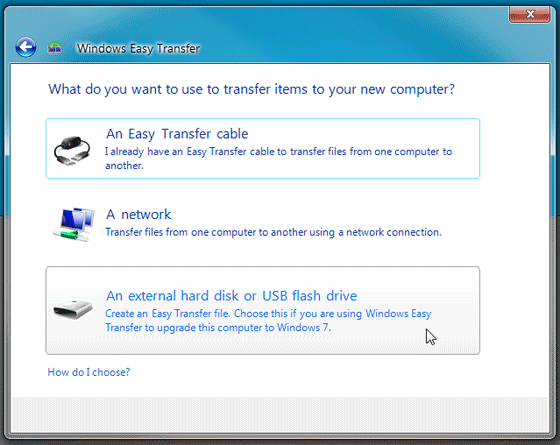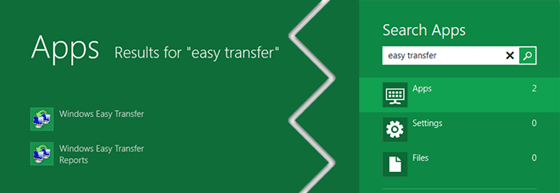Have you ever experienced that you have forgotten your Windows 7 password? Well that is a terrible experience. Because you might need to do school work or have an important email to send and you can’t access your computer. But there is hope. You can remove Windows 7 password in a short time.
You may think it’s impossible to remove Windows 7 password because you lost the password and couldn’t log into the computer and do anything. That really doesn’t matter. You can use create a password reset bootdisk on another computer, then use it to boot your locked computer. The bootdisk enables you to remove Windows 7 password quickly and easily.
How to Remove Windows 7 Password in A Short Time:
- First you need to download Password Recovery Bundle program on another computer. After installing and running the program, click the Windows Password button, which allows you to create a password reset bootdisk in 3 steps. Insert a blank CD/DVD or USB drive into the computer and click Start Burn to create a bootdisk.
- Insert the password reset bootdisk you’ve created into the computer which locked you out of it. Turn on the computer and hold down F2 or whatever the setup key is shown as during the initial boot screen. This should bring up the BIOS.
In the BIOS look for the Boot Device Priority option, set CD/DVD as the 1st boot device if you want to boot from CD. You can either set Removable Device as the 1st boot device if you want to boot off USB drive. Save your changes. - restart the computer and now it will boot from the password reset bootdisk. After one or two minutes the bootdisk will launch the Reset Windows Password utility. Choose the user account whose password you want to remove, and then click Reset Password button. The program will remove your forgotten Windows 7 password instantly.
- Now remove the password reset bootdisk and restart the computer, you can then quickly log on Windows 7 system without being asked for a password.
The password reset bootdisk can save you lots of time and frustration! You can also take precautionary steps to create such a bootdisk so you can use it to remove Windows 7 password in case you forgot Windows 7 password next time.
